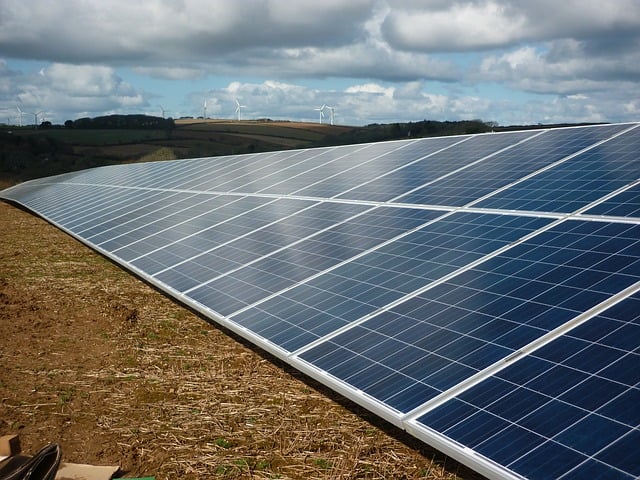COMMERCIAL SOLAR FARMS
COMMERCIAL SOLAR FARMS
Bringing in cleaner technology, Solar farms are an investment in the future that is designed to escalate the electricity cost and provide more profit to the landowners. Also known as the Photovoltaic Power Stations, these are typically large-scale ground-mounted solar installations (generally megawatts), designed for heavy energy usage and supply power to the national electricity grid.
Solar Farms delivers a win-win situation for everyone!
Solar farming is a lucrative business investment that offers the landowners achieve more profit out of unused land, provides better utility rates to the residents as well as helps in utilizing the energy generated.
Why choose Target solar to develop A Solar Farm On Your Land?
Get ready to dive into a solar farm business with Target solar!
- Holding decades of experience in managing numerous successful projects catering to client’s needs
- In-house experienced engineers and professionals offering you professional consultancy and management advice
- Devising a plan taking care of your financial constraints and budgets.
- Checking the eligibility criteria of the clients and offering hassle-free financial solutions






